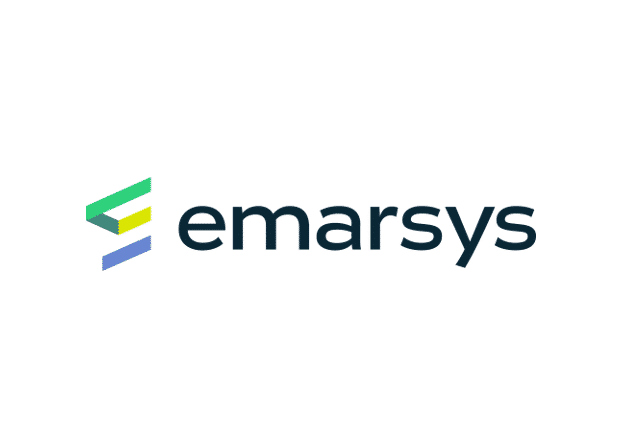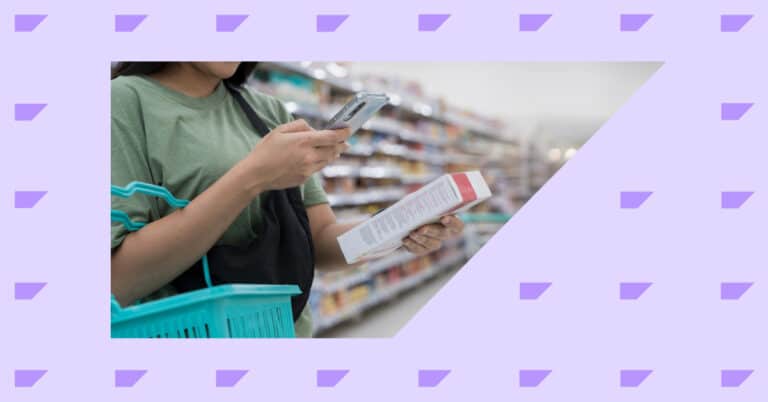Since August last year most businesses should have been exposed to the concept of ‘Priority Inbox’ with ISPs as Hotmail, Yahoo! and Gmail. The idea behind it is simple – to get people to re-engage with their inbox. But while the concept is simple at its core, it’s not so easily achievable.
Consider two things:
- Untargeted, email causes customers to disengage with their inbox.
- Introduction of the Priority Inbox made sending to disengaged customers no longer possible. The Big Three (Hotmail, Yahoo! and Gmail) made sure that unread messages piling up end in the junk folder. Email Service Providers are now advising their companies to look more critically at their databases: to ensure inbox placement senders are advised to suppress email addresses of recipients who had disengaged over a given timeframe (3 -6-12 months since last open and/or click).
The result – in an effort to retain sales and maintain a high level of traffic, companies have started to develop email marketing programmes which would help them reengage with lapsed users. ‘We haven’t seen you in a while’, “Come back and get 10% off your next purchase”… it is the rise of the Re-engagement programme.
But here’s the kicker: even upon introduction of sophisticated email reengagement programmes, most companies still don’t use behavioural targeting in their email marketing. They often send a one-size-fits-all emails to their subscribers, causing them to disengage again, then follow-up with a re-engagement email until they do open and/or click – and put them back on the main mailing list. It is a vicious circle because if someone disengages with your brand, a re-engagement programme is simply not going to hit their inbox.
Here at Emarsys, we love re-engagement programmes but we focus on something else – not letting your subscriber disengage in the first place. We recommend that as an email marketer you look one step beyond the simple stats and try to analyse your subscribers’ behaviour.
Let’s take an online retail business as an example with different ‘types’ of products in their email: menswear, womenswear, kidswear etc. or at a more granular level – footwear, jeans, shirts, jackets, dresses, tops. Suppose you find that 30% of all who clicked – clicked footwear, 30% clicked jeans, 10% clicked shirts and the remaining 30% clicked across a number of categories. Using this information you can make small changes to your email which will make a massive difference to our programme. If you make the most clicked on ‘category’ as your lead image in the email, then what we’ve shown is increases of more than 150% in click through rates.
Start implementing these simple optimisation techniques and you can keep the conversation with a subscriber going. If you focus a little more on how to keep your subscribers you will worry less about how to get them back.












